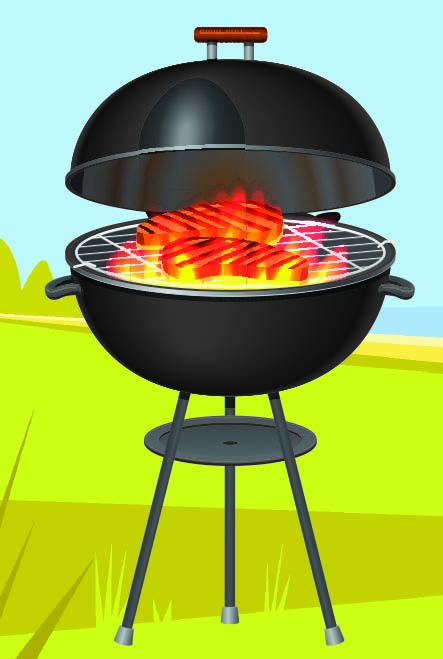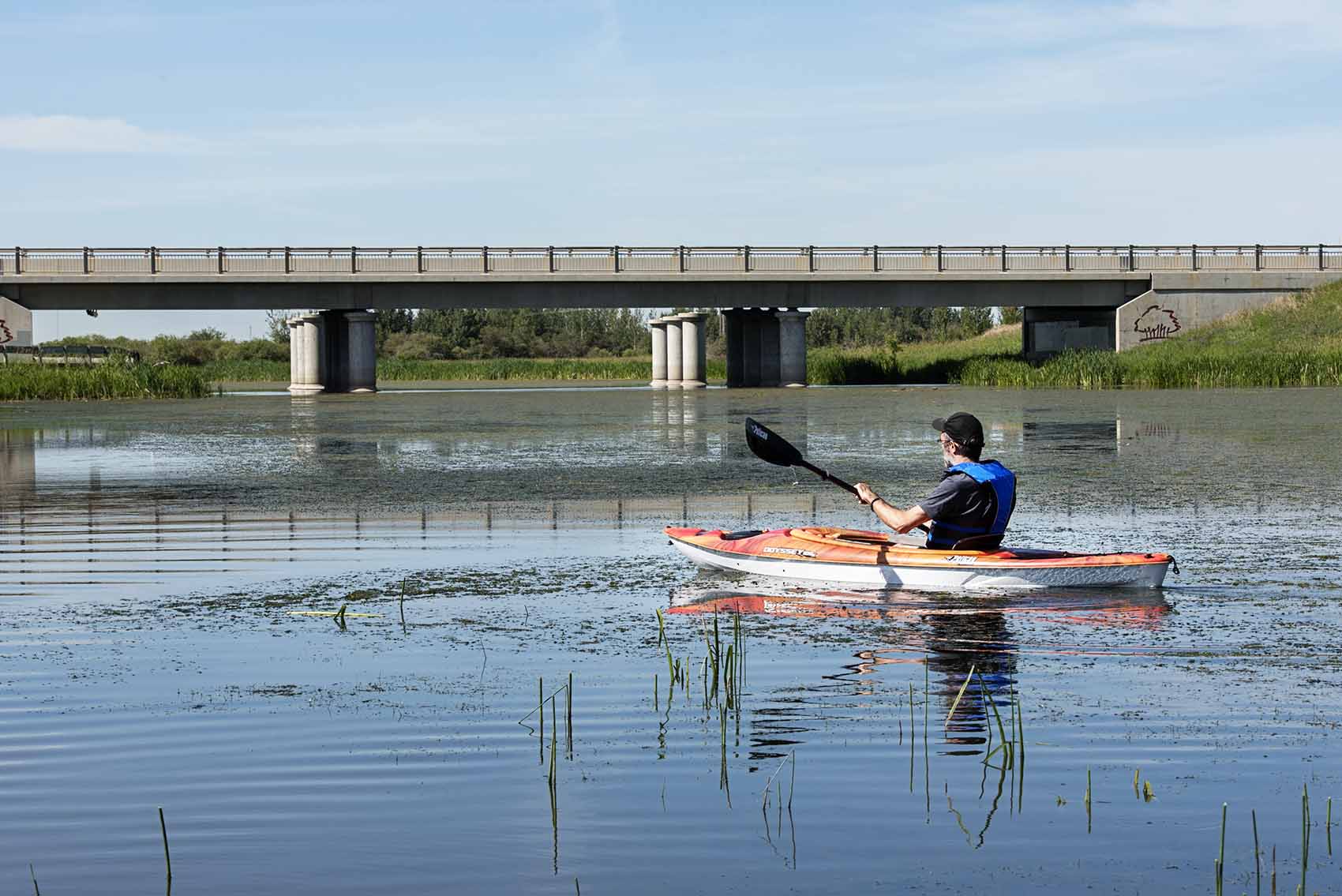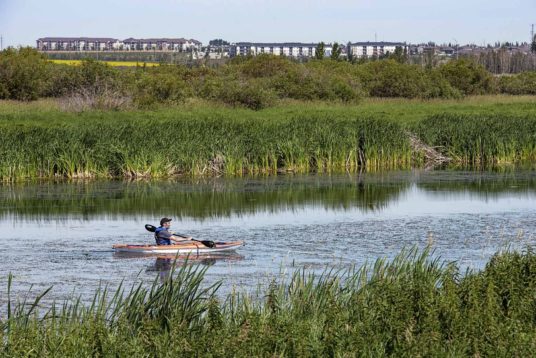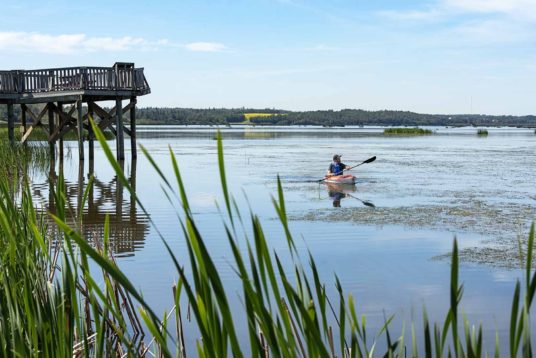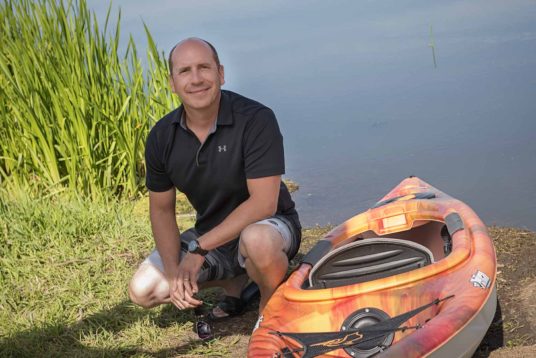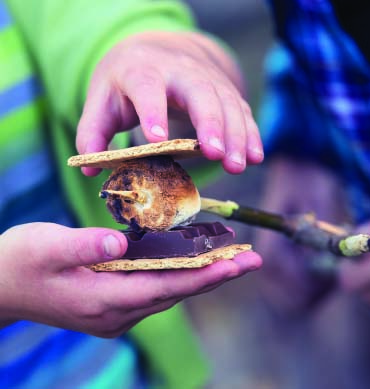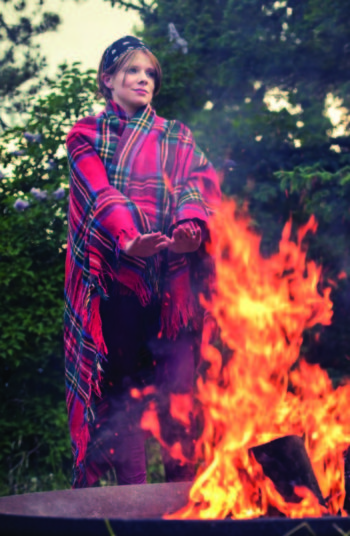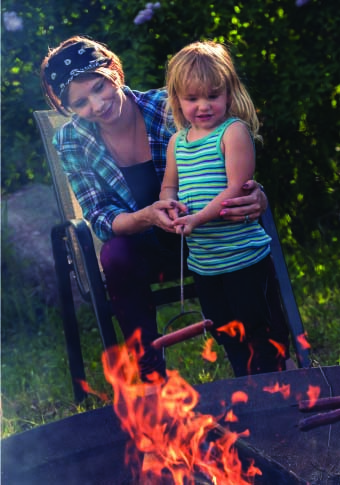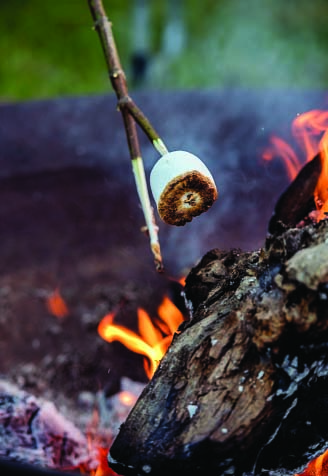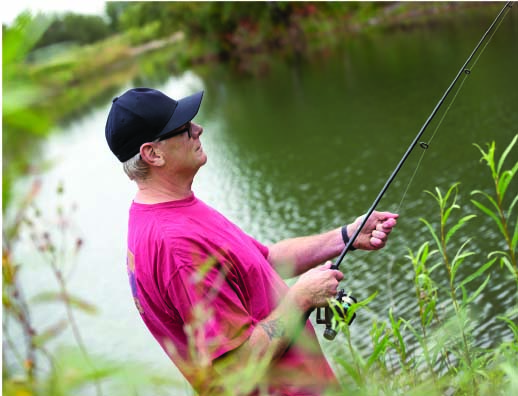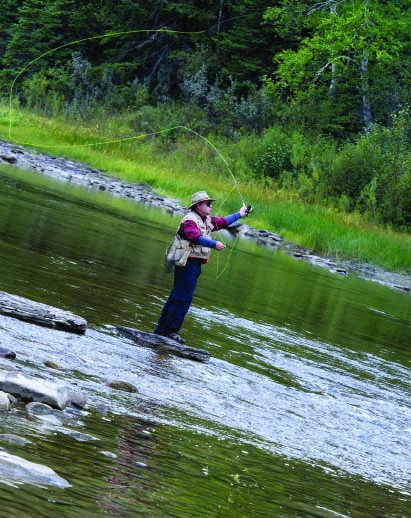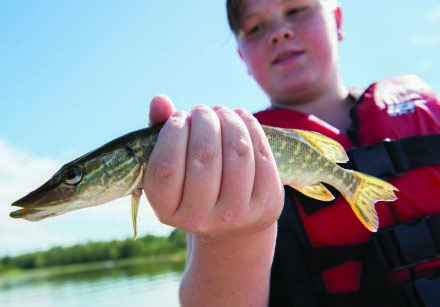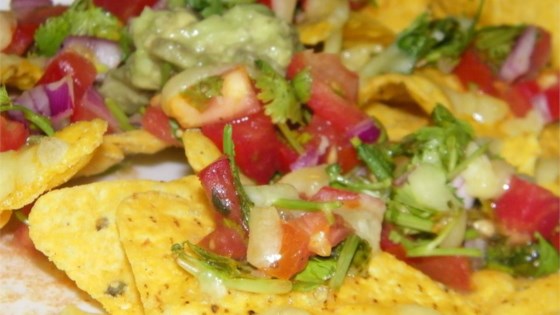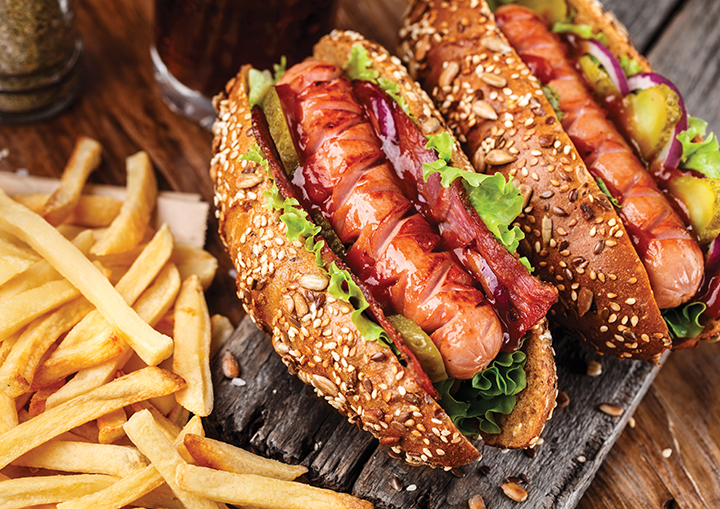Lemonade stands
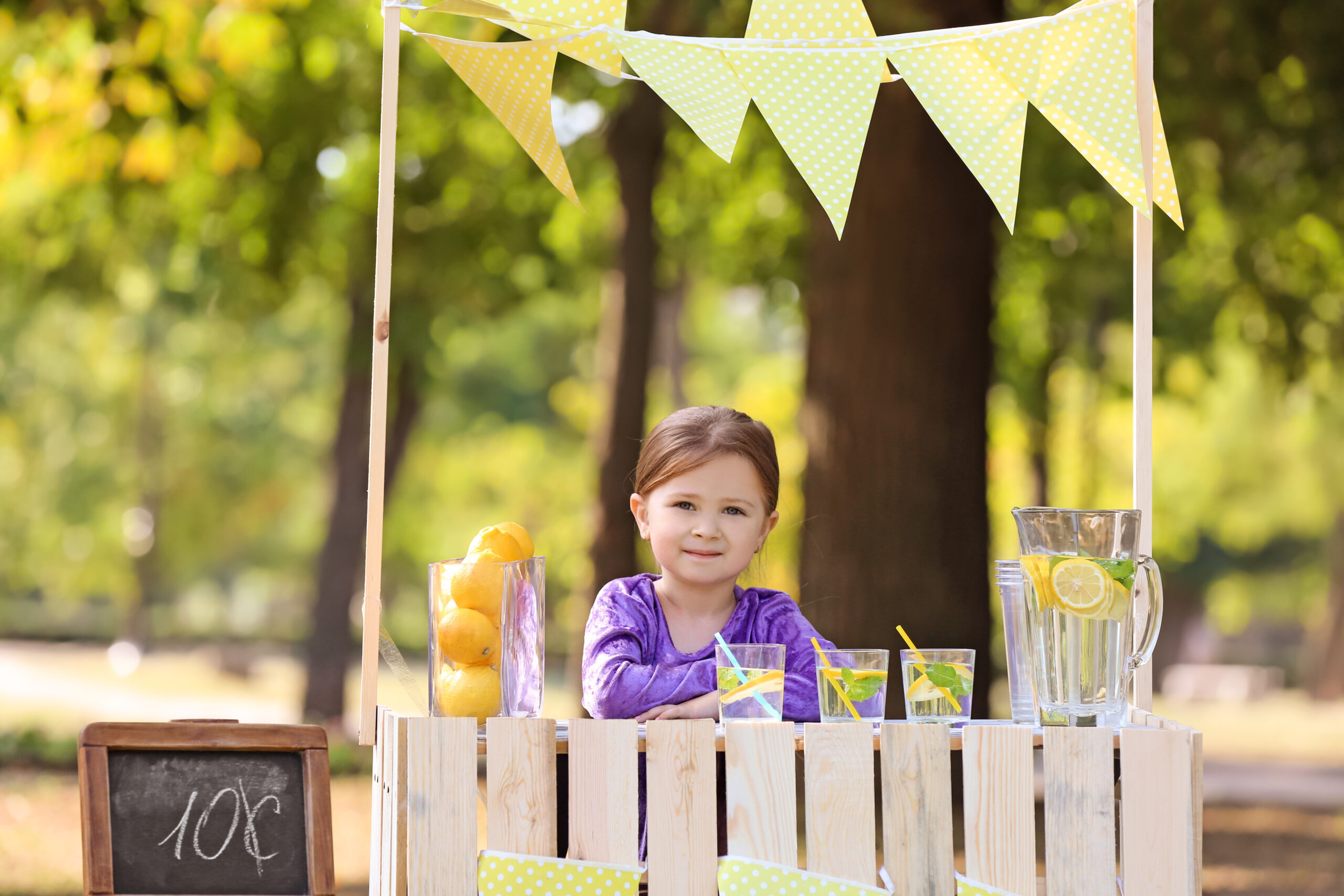
Make lemonade—and money—from lemons this summer
Simple, cool, refreshing — nothing says summer quite like a delicious cup of lemonade. So why not turn your love of lemonade into a business? Setting up your own stand is a great way to make some extra money this summer and it’s super easy to do. Following our tips below, you’ll be well on your way to a fun and profitable summer.
Pick Your Spot
One of the first things you’ll want to do is choose a location for your stand. Some kids like to set up shop in front of their homes. That’s a great idea, if your parents are busy and you don’t want to carry your stuff too far. Older, more ambitious kids, though, might look for a place with more foot traffic — near parks, festivals, farmers’ markets or businesses, for example. Just make sure that wherever you go, you have permission to sell lemonade there.
Take a Stand
So, now you have your location. Before you can start selling lemonade and making money, though, you’ll need an actual stand. Pick out a table and chairs that are sturdy and large enough, but which can also fold up, making them easier to move. And remember to bring a nice tablecloth to cover your table. It’ll make your stand look nicer and more professional — attracting more customers — and help keep your table clean from spills.
Bring the Supplies
Besides your stand, you’ll have to pick up some necessities. Obviously, you’ll need a pitcher for your lemonade, preferably one with a cover to keep the bugs out. Bring plenty of cups as well so that your customers have something to drink with. You might also want to provide other extras: napkins, straws, and maybe even ice. Just remember, though, not to make too much garbage. The cups and any other supplies you provide should be easy to recycle.
Spread the Word
Next, you’ll have to let people know that you’re open for business. Make a few eye-catching posters and signs to tell your customers where and when you’re open. You’ll also need a sign to put on your stand to display your prices. If you’re good with computers, there are some useful programs and apps you can use to create awesome posters or signs. You might even want to use social media, like Facebook or Instagram, to get the word out before and during your open hours.
Set a Price
Another thing to think about is how much you’re going to charge. This may take some planning. If you’ve spent money on supplies—such as lemonade powder or cups—you will want to sell enough lemonade to make that money back and turn a profit, as well. When deciding how much to charge for your delicious lemonade, you don’t want to charge too much or too little. It might also be a good idea to charge an easy-to-remember price, such as $1 per cup. This will make it easier to calculate prices if customers buy more than one cup at a time, and it will make it easier to count back change.
Turning Lemons into Lemonade
Last, but not least, you’ll need to make lemonade. There are almost as many different recipes out there as there are lemons. Here are two you can try out on your own:
Simple Homemade Lemonade
- 6 cups water
- 2 ½ cups sugar
- 2 cups freshly squeezed lemon juice
- Lemon slices
- Ice (optional)
Add the sugar to the water and stir until it’s dissolved. Add the freshly squeezed lemon juice. Refrigerate until chilled, then add the lemon slices and ice. Serve.
Orange Lemonade
- 2 ½ cups warm water
- 6 cups cold water
- 1 ½ cups orange juice
- 12 fresh lemons
- 1 ½ cups sugar
- 2 tbsp. lemon zest
Squeeze and remove the juice from the lemons. Make the lemon zest by grating the lemon peels. Set aside. Add the sugar to the warm water and stir until dissolved. Add the cold water, orange juice, lemon juice, and lemon zest. Refrigerate to chill. Serve.
[post_title] => Lemonade stands [post_excerpt] => [post_status] => publish [comment_status] => open [ping_status] => closed [post_password] => [post_name] => kids-getting-into-the-lemonade-business [to_ping] => [pinged] => [post_modified] => 2023-03-19 20:45:32 [post_modified_gmt] => 2023-03-20 02:45:32 [post_content_filtered] => [post_parent] => 0 [guid] => http://www.summercity.ca/?p=13321 [menu_order] => 0 [post_type] => post [post_mime_type] => [comment_count] => 0 [filter] => raw ) [ID] => 0 [filter] => raw [_excerpt] => Make lemonade—and money—from lemons this summer Simple, cool, refreshing — nothing says summer quite like a delicious cup of lemonade. So why not turn your love of lemonade into a … ) 1
